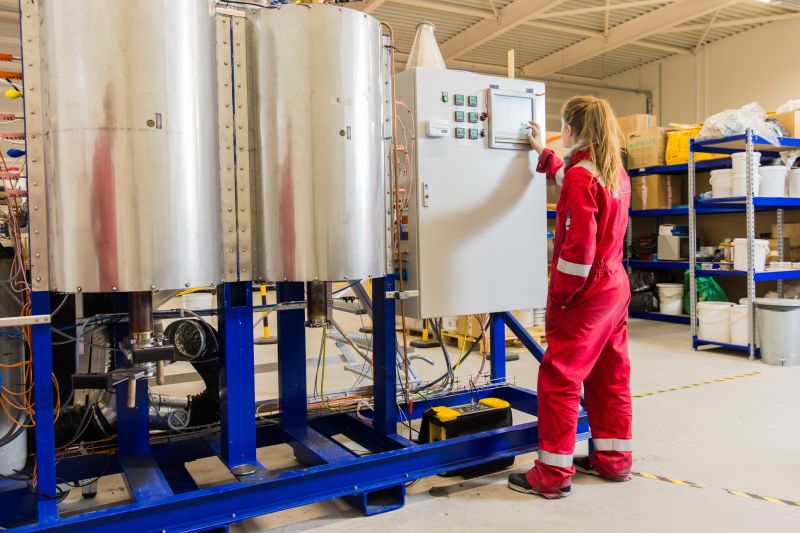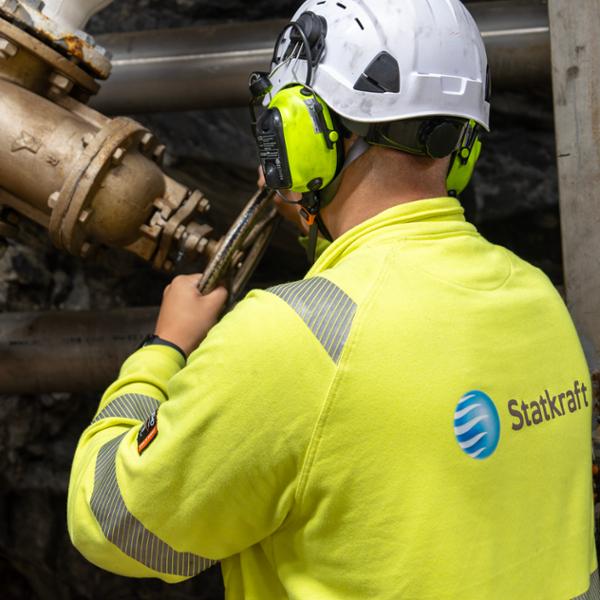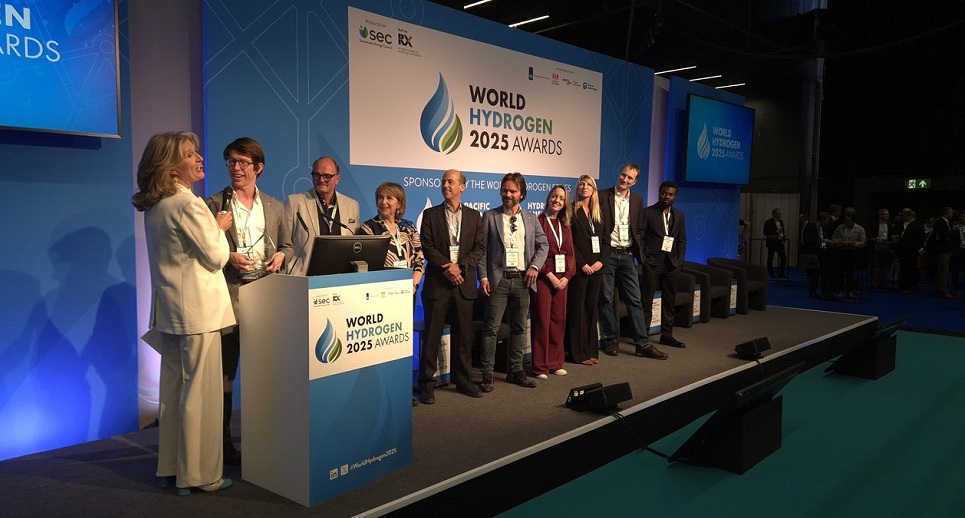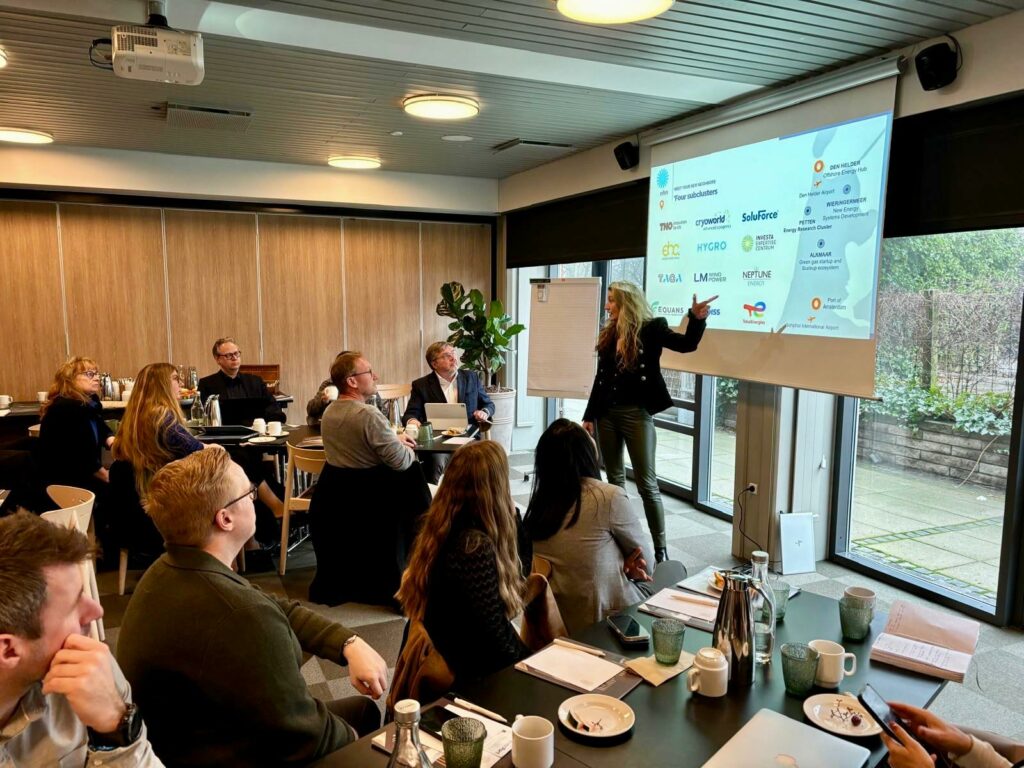Hydrogen is back in the spotlight—hailed as a clean fuel for the future, ready to power trucks, heat homes, and fuel planes. But as hydrogen moves out of industrial plants and into everyday life, one big question keeps coming up: Is it safe? From infamous disasters like the Hindenburg to cutting-edge refueling stations in European cities, hydrogen has a complicated public image. In reality, it’s not about fear—it’s about facts. This article cuts through the myths and headlines to explore how hydrogen safety really works: the science, the systems, and the lessons from real-world projects. And it shows why ports, with their unique mix of scale, structure, and strategy, are becoming the proving grounds for making hydrogen both safe and scalable—starting with an ambitious new initiative across four North Sea ports.
By: Joshua Dauda and Danah Kolstee
High-profile incidents—such as the Hindenburg disaster of 1937 or recent explosions in South Korea—often shape public perceptions of hydrogen safety. These events highlight the need for robust safety standards,advanced technologies, and widespread public awareness. But the key question remains: is hydrogen truly
more dangerous, or simply misunderstood? Hydrogen isn’t new—nor are the concerns about its safety. While serious, such incidents don’t tell the whole story. In reality, hydrogen has been safely used in industry for decades. The difference lies in understanding its properties and applying technologies and procedures designed to manage them.
To understand the safety considerations more clearly, it’s essential to examine the physical and chemical properties that make hydrogen unique. Hydrogen is non-toxic, burns cleanly, and disperses quickly in open air—advantages that support its use as a clean fuel. However, it also ignites more rapidly than natural gas and burns with an almost invisible flame, demanding specialized fire detection systems. Over time, it can weaken certain metals, meaning existing pipelines and components may require reinforcement or replacement. Hydrogen is not inherently more dangerous than other fuels—it is simply different. Those differences must
be respected through rigorous engineering, proper handling, and education at every level.
Hydrogen safety: Facts and fiction
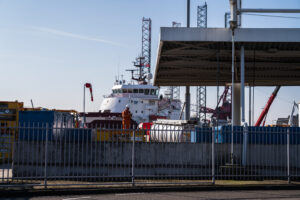 Public perceptions of hydrogen safety have long been shaped by dramatic incidents—most notably the Hindenburg disaster of 1937 and, more recently, explosions in countries like South Korea. While these events are often cited as reasons to be cautious, they also underscore the need for robust safety standards, advanced technologies, and clear public communication.
Public perceptions of hydrogen safety have long been shaped by dramatic incidents—most notably the Hindenburg disaster of 1937 and, more recently, explosions in countries like South Korea. While these events are often cited as reasons to be cautious, they also underscore the need for robust safety standards, advanced technologies, and clear public communication.
But is hydrogen inherently more dangerous than other fuels, or simply misunderstood?
To answer that, we must first understand its core characteristics. Hydrogen is non-toxic, burns cleanly, and disperses quickly in open air—traits that make it an appealing clean energy carrier. However, it also ignites more easily than natural gas and burns with a nearly invisible flame, requiring specialized detection systems. Over time, hydrogen can cause certain metals to become brittle, which means some parts of our existing infrastructure—like pipelines, valves, and joints—may need reinforcement or replacement.
Unfortunately, these unique properties are often misunderstood, giving rise to persistent myths. For instance, it’s falsely believed that hydrogen is toxic, or that it cannot be transported through existing gas pipelines. With proper retrofitting and safety measures, many pipelines can safely carry hydrogen. Like any energy carrier, hydrogen presents specific risks—but when managed correctly, its overall safety profile is comparable to fuels we already use every day.
The key lies in distinguishing fact from fiction, and ensuring that systems, protocols, and public understanding evolve together. Only then can hydrogen fulfill its potential as both a clean and safe solution for the future.
Examples of hydrogen safety in practice
Across the Netherlands, hydrogen projects are already demonstrating how safety can be fully integrated into operations. In Alkmaar, for example, the NXT hydrogen refueling station is serving heavy-duty vehicles while also functioning as a training site for hydrogen safety procedures, emergency response, and technical
testing. Meanwhile, the HEAVENN project (Hydrogen Energy Applications in Valley Environments for Northern Netherlands), coordinated by New Energy Coalition, is building a comprehensive hydrogen value chain that includes residential heating, public transport, and decentralized production, all designed with public safety as a central pillar. In every project, New Energy Coalition collaborates with municipalities, emergency services, and infrastructure operators to ensure transparency and community preparedness.
Safety standards in hydrogen
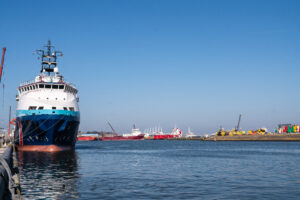 Hydrogen has been used in large volumes heavy industry for many decades, where safety is managed by a full Quantitative Risk Analysis (QRA), specific to that industrial site. However, for scaling hydrogen infrastructure to many (smaller) sites, it is simply too time-consuming and too expensive to do a full QRA for every occasion, therefore there is a need to develop standard operating procedures for “generic” hydrogen safety. Similarly, for electricity and natural gas, in the Netherlands, the BEI (Bedrijvsvoering van Elektrische Installaties) and VIAG (Veiligheidsinstructies aardgas) are in place, which also dictate the safe working instructions (VWI’s) for personnel working on the respective generic infrastructure. We do not have such instructions yet for hydrogen!
Hydrogen has been used in large volumes heavy industry for many decades, where safety is managed by a full Quantitative Risk Analysis (QRA), specific to that industrial site. However, for scaling hydrogen infrastructure to many (smaller) sites, it is simply too time-consuming and too expensive to do a full QRA for every occasion, therefore there is a need to develop standard operating procedures for “generic” hydrogen safety. Similarly, for electricity and natural gas, in the Netherlands, the BEI (Bedrijvsvoering van Elektrische Installaties) and VIAG (Veiligheidsinstructies aardgas) are in place, which also dictate the safe working instructions (VWI’s) for personnel working on the respective generic infrastructure. We do not have such instructions yet for hydrogen!
NSH2V Ports Contribution to Hydrogen Safety and Innovation in Ports
To develop a common safety standard for hydrogen, ports are the ideal development ground for such safety procedures, as large-scale, industrial activities (QRAbased) meet small-scale distribution and use of hydrogen in a well-regulated and controlled area.
This is exactly what we are trying to do in the NSH2V Ports project — an ambitious initiative co-led by New Energy Coalition, Development Agency North-Holland North (ONHN), and a consortium of major European ports.
Funded by the Interreg North Sea Programme, NSH2V aims to accelerate the development of safe and scalable hydrogen supply chains through North Sea port infrastructure. The project started in 2024 and will deliver a Masterplan for H2 use in four European ports by 2026.
NSH2V also promotes international knowledge exchange, harmonizing and enabling best practices to scale across European ports. In close cooperation with regional development agencies like ONHN, the project ensures that hydrogen integration is embedded in local spatial planning, workforce training, and port redevelopment strategies. By aligning technical innovation with governance and public awareness, NSH2V Ports is setting the standard for safe hydrogen deployment in one of the most complex and strategic environments of the energy transition: the port.
- Joshua Dauda and Danah Kolstee are employed bij New Energy Coalition and working for North Sea Hydrogen Valley Port (NSH2V), respectively as project lead and communications coördinator.
‘Safety of hydrogen in maritime environments’ is one of the topics that will be discussed at the Offshore Experience. This event, scheduled for September 9th, focuses on “Blue leadership” and will be held in De Kampanje in Den Helder. For information and registration, visit the website: Offshore Experience 2025.

